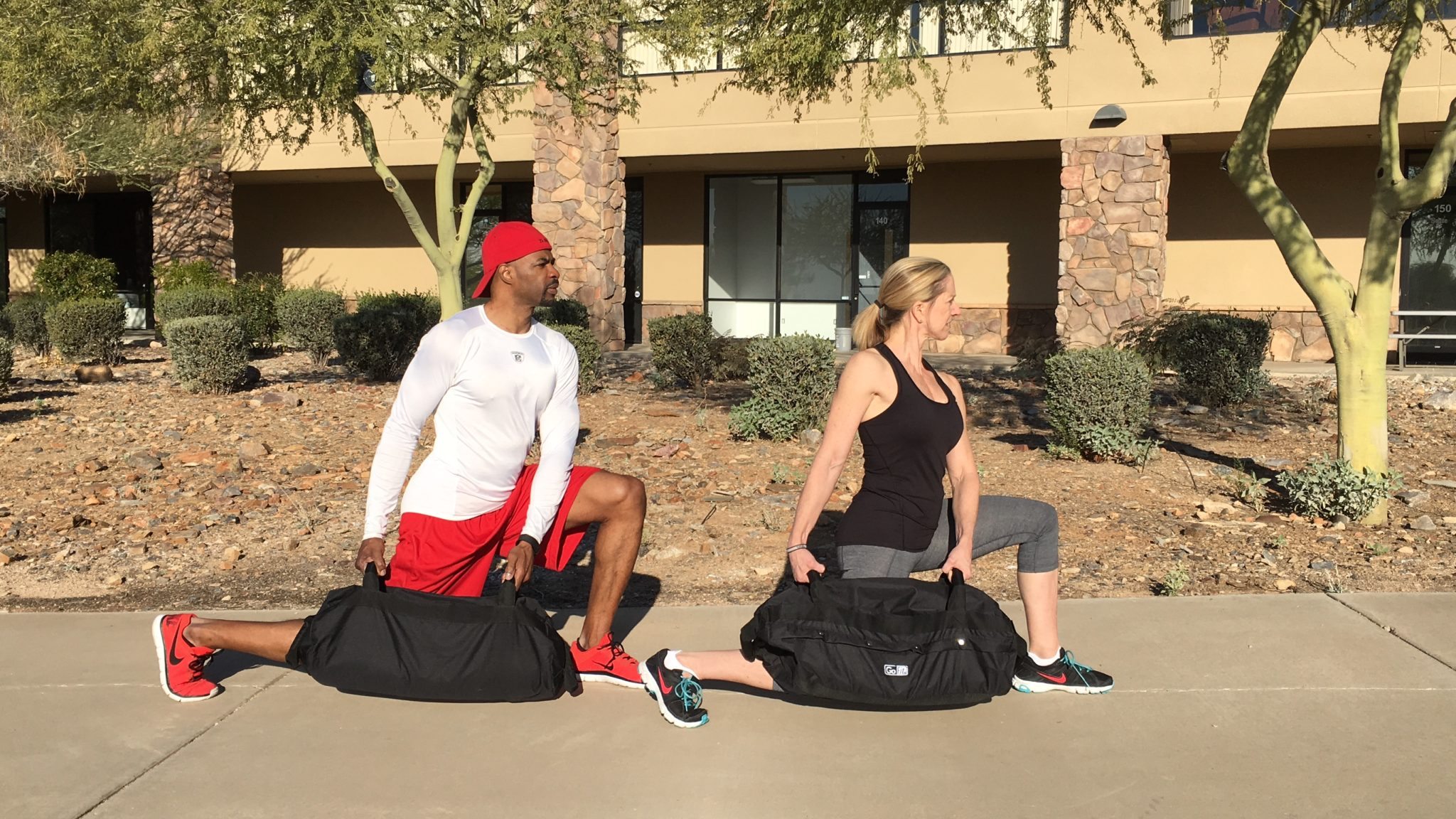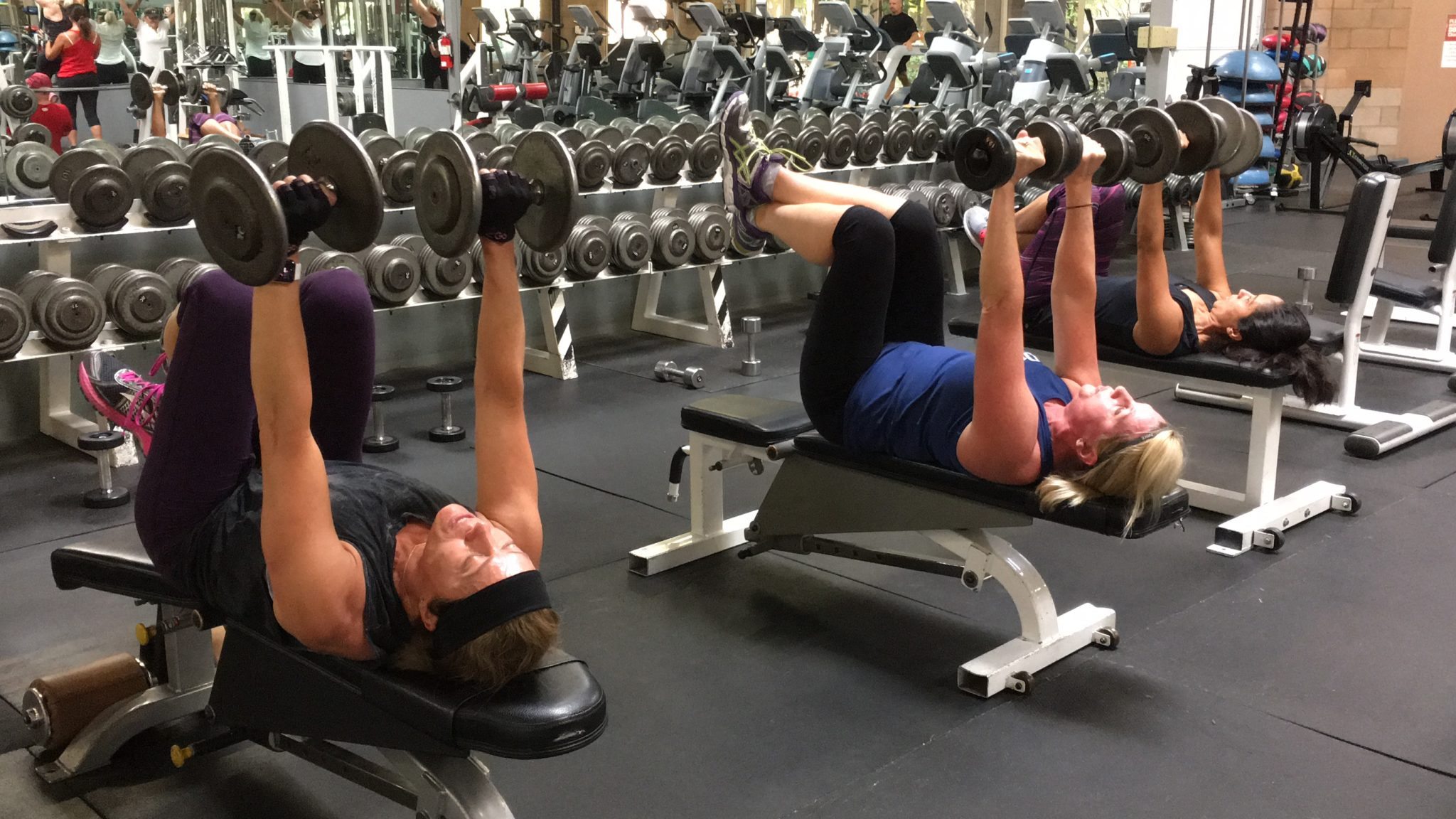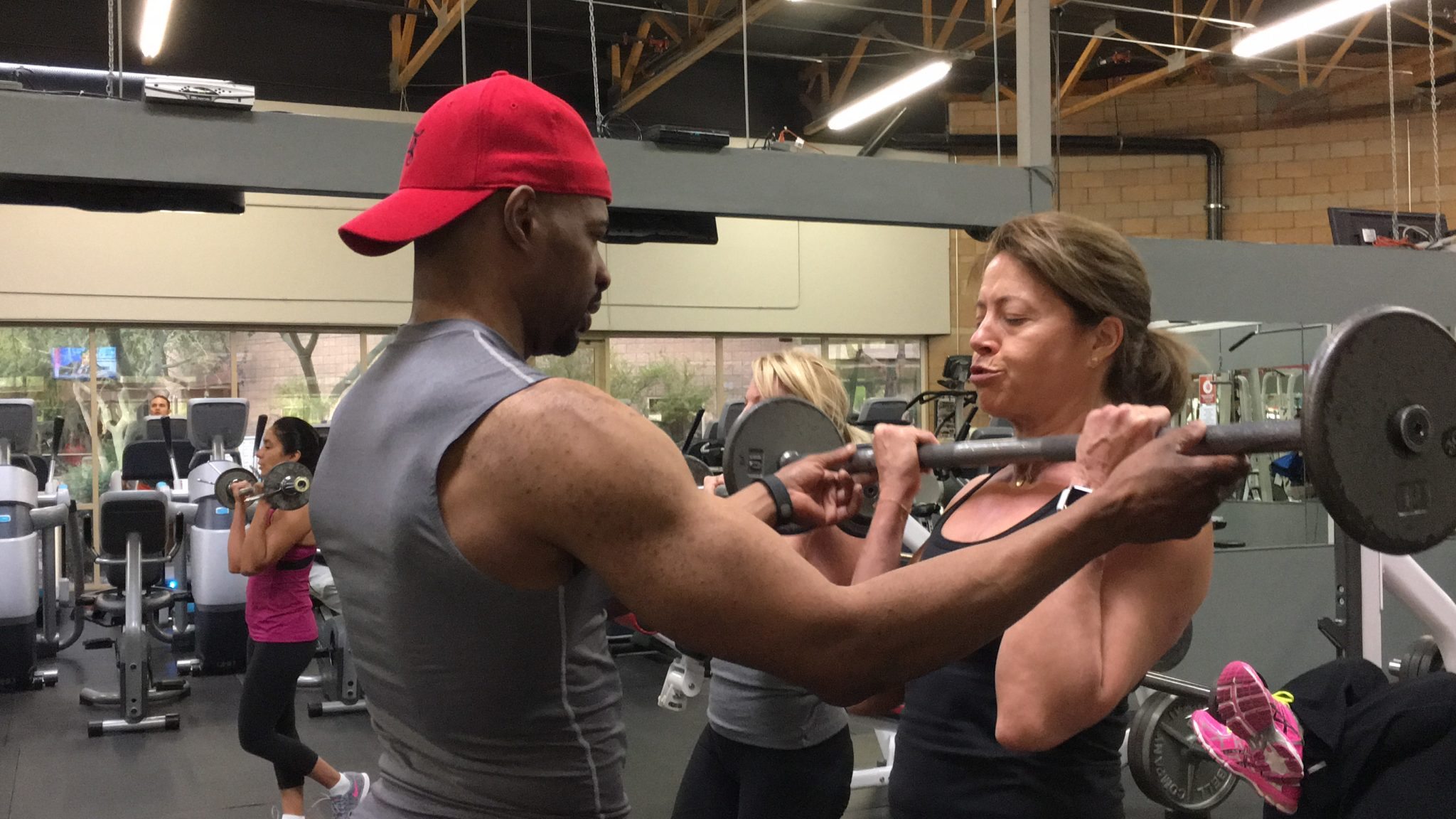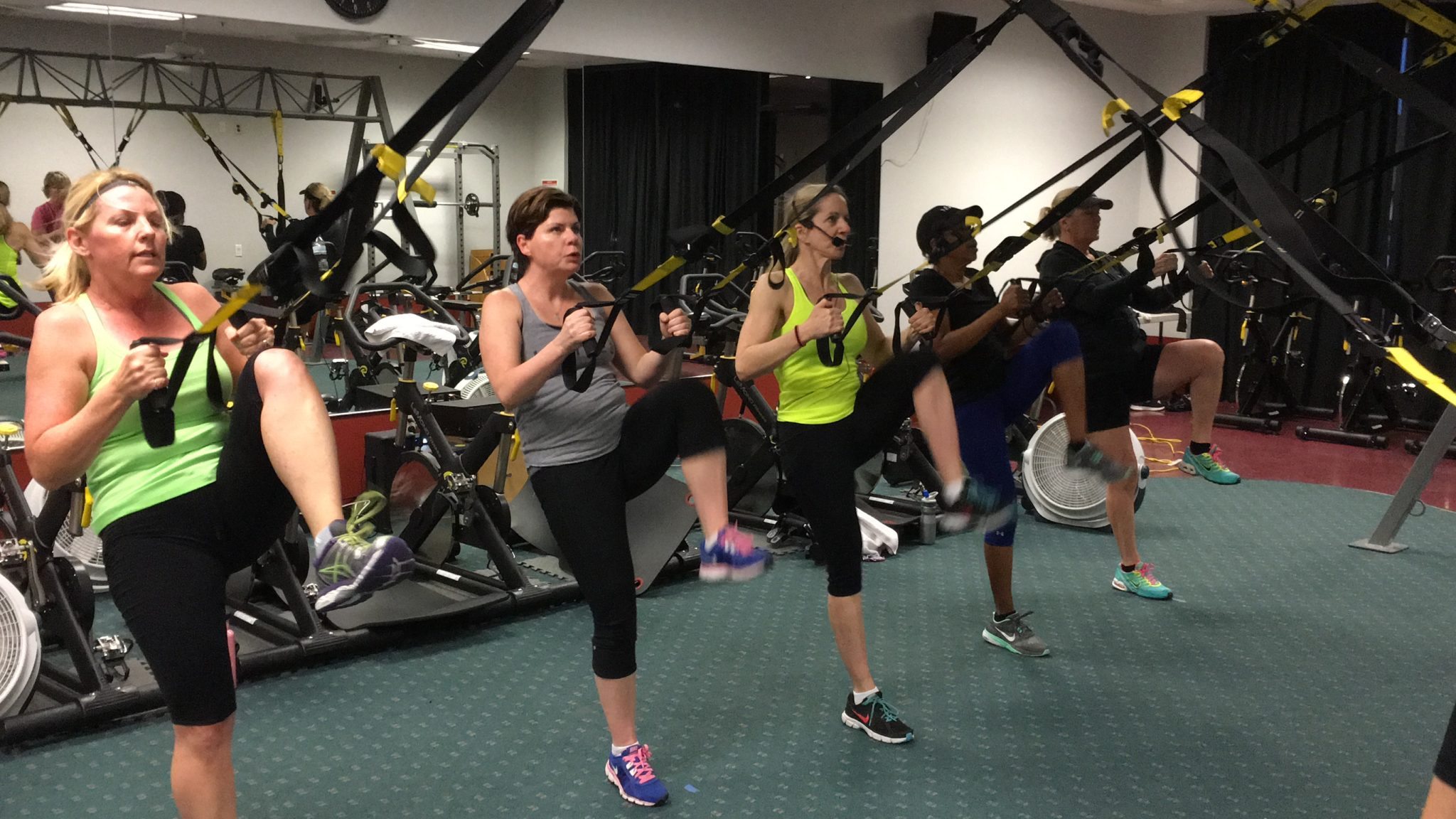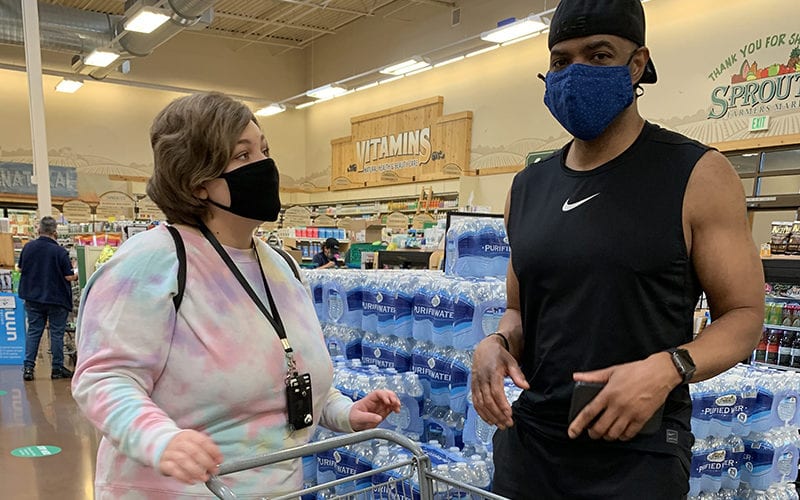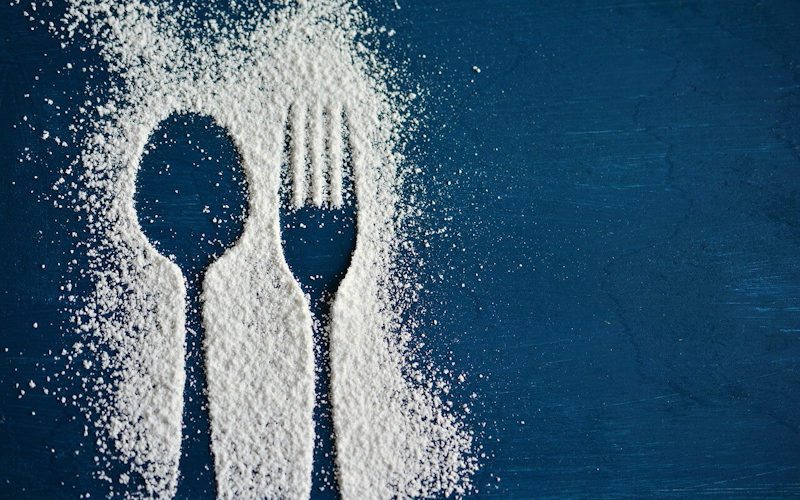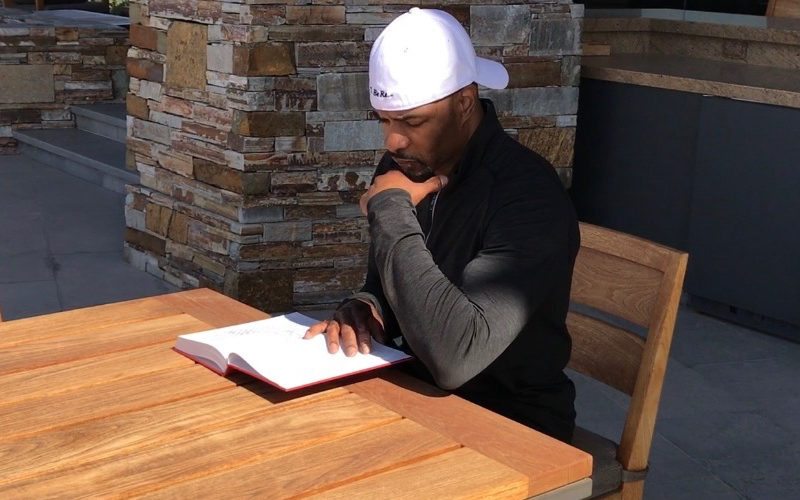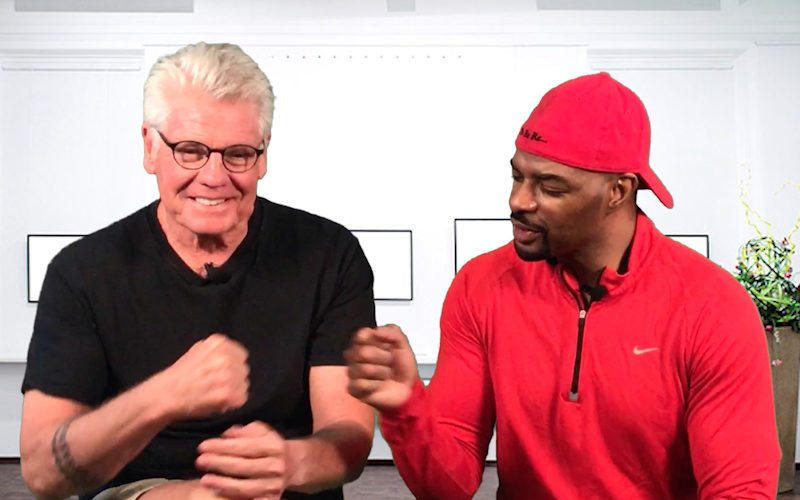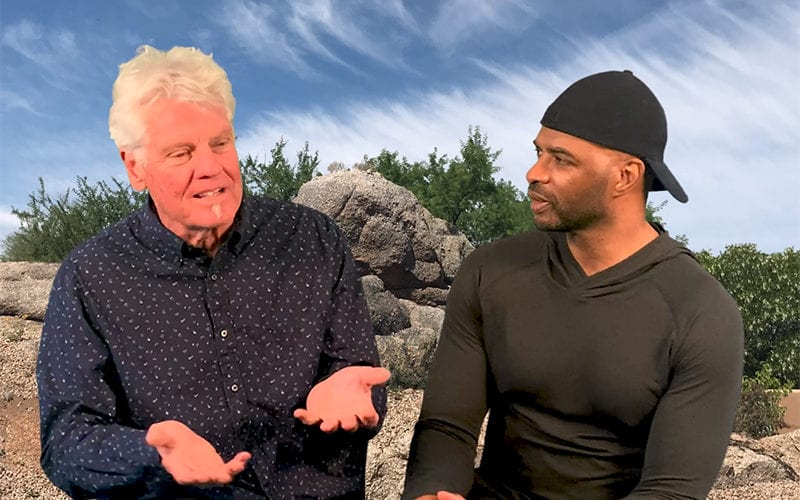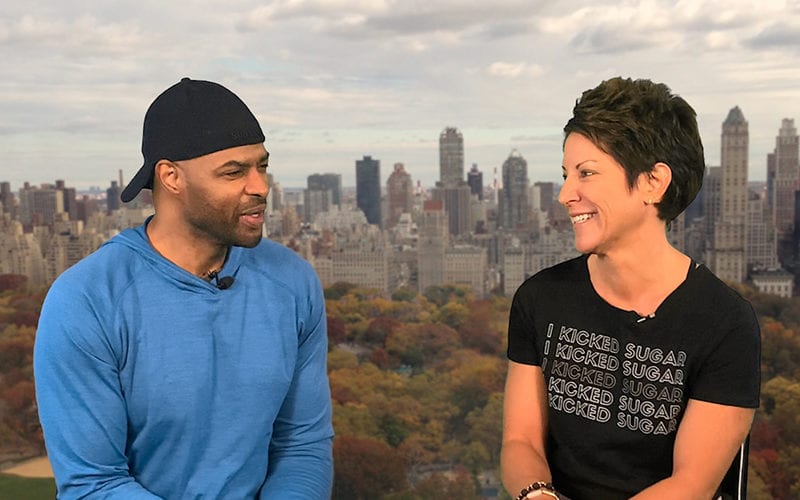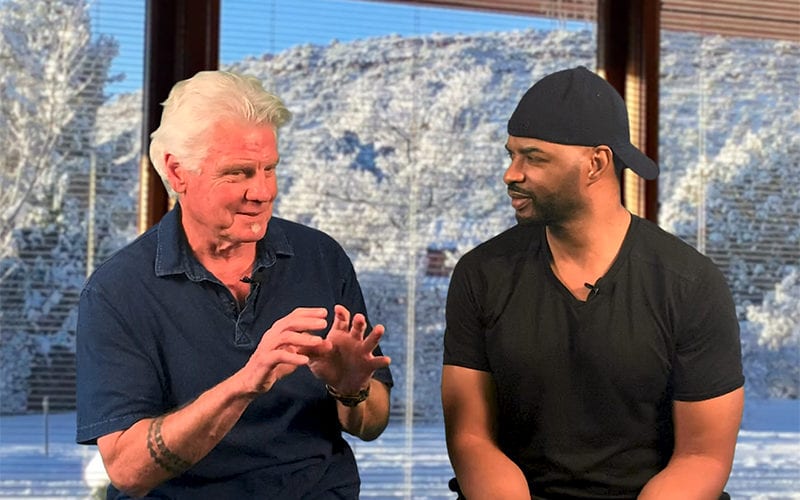Sprain or Strain?
Just a few days ago I got a call from my son up in Flagstaff. He said, “Mom, I think I did something to my ankle”. It was then my turn to ask questions and offer suggestions. I wanted to be an “expert” for him, but I’m not a doctor and was only able to tell him to ice, elevate, take it easy, and call me again if it doesn’t feel better so we can decide if you need to have it looked at by a doctor. He asked me why he needed to elevate his ankle and I replied, “It helps with the swelling, and because I know that “E” for elevate is one of the letters in the word of what you are supposed to remember when things like this happen. SO, I researched, and this is what I found.
First of all, it’s important to know the difference between a sprain and a strain. The American College of Sports Medicine defines a sprain as an injury to a ligament and a strain as an injury to a muscle or tendon. They both can vary in degree from mild to severe. If you experience stiff, tender muscles and/or swelling, you may have a muscle strain. If you also feel more intense pain and see bruising, then you may be dealing with a sprain. Anything that affects your mobility and involves a lot of pain and bruising should be seen by a doctor. The ACSM recommends the “PRICE” principle for treating sprains and strains:
P: protect from further injury, or stop what you are doing immediately and apply a splint, pad or crutches, if appropriate for more severe injuries.
R: restrict activity, or avoid further movement within that area for at least 48–72 hours.
I: apply ice for 15–20 minutes every 60–90 minutes.
C: apply compression. Consider using a wrap bandage, which may be removed during icing, to help support and protect the area.
E: elevate the injured area to help reduce or minimize swelling.
Perhaps the most important information that I was able to share with my son was the reminder that he may be allergic to ibuprofen! Over-the-counter pain relievers may provide some relief and help with swelling, but you should always check with your doctor before taking anything.
But, what about my workout?!?! Don’t throw in the towel. This is the time to get creative with what exercises you can do instead. If you injured an ankle or a hamstring, you can still get a great and effective workout by concentrating on upper body. Use the time to focus on stretching, flexibility and core work. Go to the pool! I remember when I had a fibula stress fracture. Just as soon as the cast came off, I was in the pool using my arms to pull me through the water. It was an incredible workout and I left the pool with my usual exercise high.
Be optimistic and think positive. This kind of mental energy will help speed your recovery. Be thankful for all the things that your body does for you on a daily basis. Recovering from an injury can be a blessing in disguise. And, finally, as a postscript, my text message from son today said, “Ankle is doing a lot better!” Sprain or strain?
Amy
Load Comments


